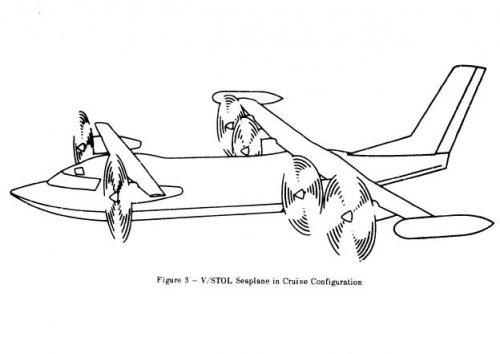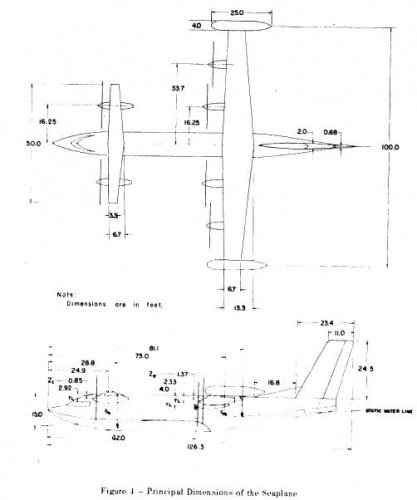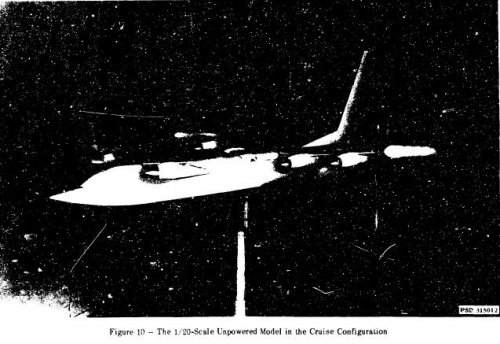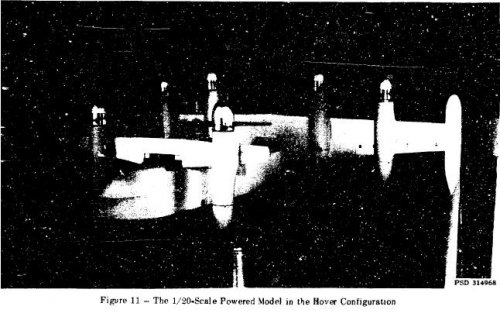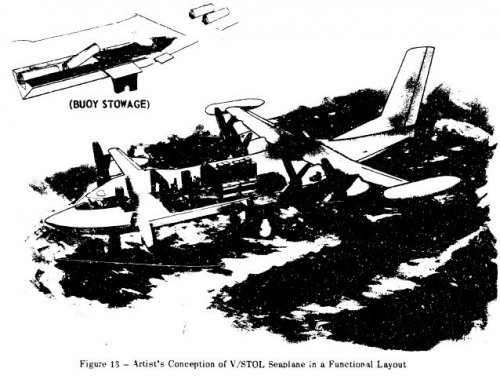- Joined
- 26 May 2006
- Messages
- 34,901
- Reaction score
- 15,761
Hi,
here is an ASW V/STOL seaplane project,from DTIC report,but I just
ask if that aircraft related to General Dynamics or not,that is because
this article in the report;
11. Dewey, D. B. Full-Scale Demonstration of the Vertical
Float Sea-Stabilization Concept. San Diego, Oct 1963.
25 p. incl. illus. (General Dynamics/Convair GD/C-.63-200.
Contract NOw 63-0793-f).
http://www.dtic.mil/dtic/tr/fulltext/u2/368426.pdf
here is an ASW V/STOL seaplane project,from DTIC report,but I just
ask if that aircraft related to General Dynamics or not,that is because
this article in the report;
11. Dewey, D. B. Full-Scale Demonstration of the Vertical
Float Sea-Stabilization Concept. San Diego, Oct 1963.
25 p. incl. illus. (General Dynamics/Convair GD/C-.63-200.
Contract NOw 63-0793-f).
http://www.dtic.mil/dtic/tr/fulltext/u2/368426.pdf

